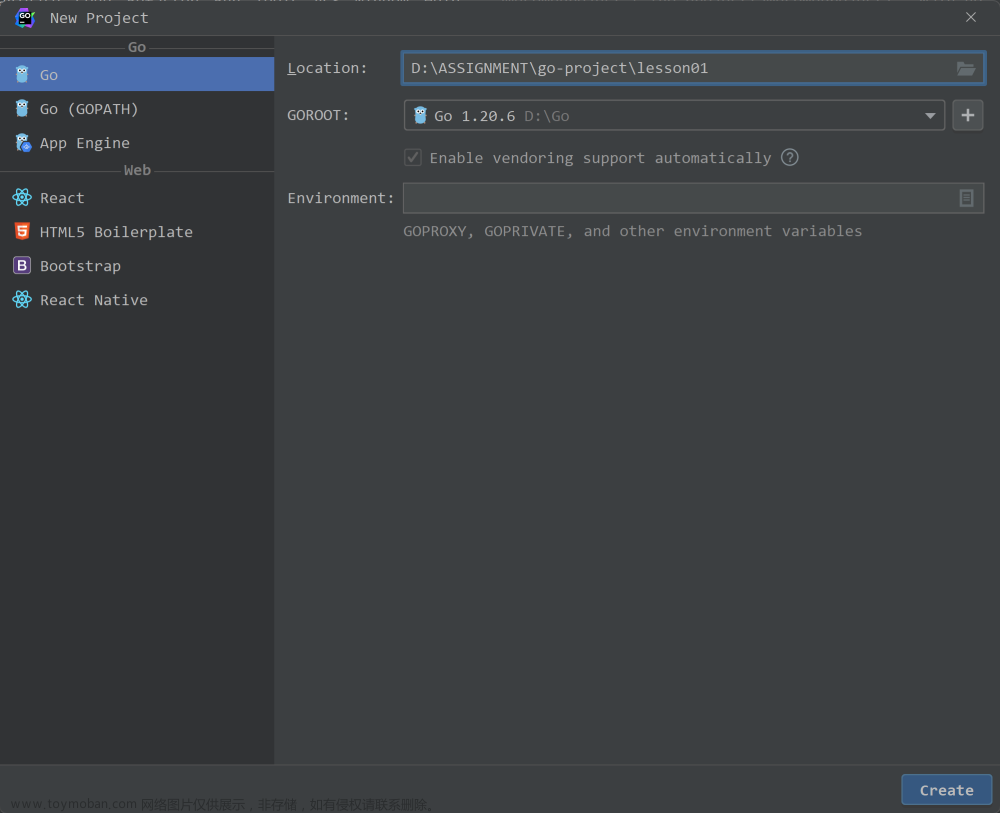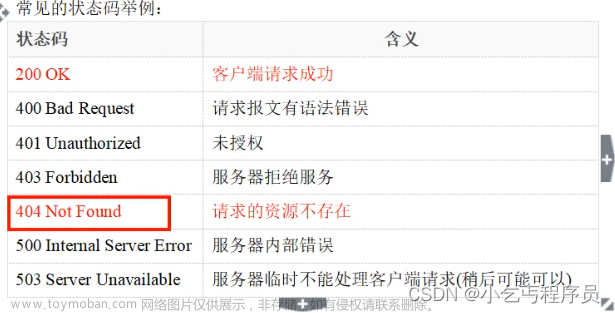先思考一个问题,什么是方法,什么是函数?
方法是从属于某个结构体或者非结构体的。在func这个关键字和方法名中间加了一个特殊的接收器类型,这个接收器可以是结构体类型的或者是非结构体类型的。从属的结构体获取该方法。
函数则没有这种从属关系。
func (t Type) methodName(parameter list) {
}type Teacher struct {
name string
salary int
currency string
}
// 在结构体类型上,创建一个方法并调用。
func (tea Teacher) testSalary() {
fmt.Printf("Salary of %s is %d %s", tea.name, tea.salary, tea.currency)
}
func testUpFun() {
tea:= Teacher{
name: "malou",
salary: 10666,
currency: "元",
}
tea.testSalary()
}相同的名字的方法可以定义在不同的类型上,而相同名字的函数是不允许的
// Rectangle 定义Rectangle结构体
type Rectangle struct {
length int
width int
}
// Circle 定义Circle 结构体
type Circle struct {
radius float64
}
func (rectangle Rectangle) Area() int {
return rectangle.width * rectangle.length
}
func (circle Circle) Area() float64 {
return math.Pi * circle.radius * circle.radius
}
func testArea() {
r := Rectangle{
width: 10,
length: 20,
}
fmt.Printf("Area is %d\n", r.Area())
c := Circle{
radius: 12,
}
fmt.Printf("Area is %f\n", c.Area())
}值接收器和指针接收器之间的区别在于,在指针接收器的方法内部的改变对于调用者是可见的,然而值接收器的情况不是这样的。
// Dog struct
type Dog struct {
name string
age int
}
// 使用值接收器的方法
func (d Dog) changeDogName(newName string) {
d.name = newName
}
// 使用指针接收器的方法
func (d *Dog) changeAge(newAge int) {
d.age = newAge
}
func testPointerStruct() {
d := Dog{
name: "金mao",
age: 22,
}
// 并没有改变实际的值,只是改变的变量的副本
fmt.Printf("before change is %s\n", d.name)
d.changeDogName("马犬")
fmt.Printf("after change is %s\n", d.name)
// 改变的是变量本身的值
fmt.Printf("before change is %d\n", d.age)
d.changeAge(11)
fmt.Printf("after change is %d\n", d.age)
}那什么时候使用指针接收器,什么时候使用值接收器? 指针接收器可以使用在:对方法内部的接收器所做的改变应该对调用者可见时。 当拷贝一个结构体的代价过于昂贵的时候,比如说结构体中有很多字段,如果方法内使用 这个结构体做为值接收器需要拷贝整个结构体,这个代价十分昂贵,这种情况下使用指针接收器,结构体不会被拷贝,只会传递一个指针到方法的内部。 在其他的所有情况,值接收器都可以被使用。 在方法中使用值接收器 和 在函数中使用值参数:
type rectangle struct {
width int
length int
}// 函数中的参数,值类型,只能传递一个值类型
func area(r rectangle) {
fmt.Printf("Area Function result :%d\n", r.length*r.width)
}
func (r rectangle) area() {
fmt.Printf("Area Method result :%d\n", r.length*r.width)
}
func testFunAndMethod() {
r := rectangle{
width: 10,
length: 15,
}
area(r)
r.area()
p := &r
// (*p).area(),go解释器会自动的解引用
p.area()
}
// 在方法中使用指针,和在函数中使用指针参数
func (r *rectangle) perimeter() {
fmt.Printf("Area Method result is %d\n", r.width*r.length)
}
func perimeter(r *rectangle) {
fmt.Printf("Area Function result is %d\n", r.width*r.length)
}
func testPointerStruct1() {
r := rectangle{
width: 12,
length: 10,
}
p := &r
perimeter(p)
p.perimeter()
// r.perimeter() 解释为 (&r).perimeter() 还有一种是(*p).name 相互解引用,从指针p->(*p),从值r到指针(&r)
r.perimeter()
}小结:文章来源:https://www.toymoban.com/news/detail-641721.html
大多数方法都使用的是结构体从属,注意传递的是值传递还是指针传递。文章来源地址https://www.toymoban.com/news/detail-641721.html
到了这里,关于【go语言基础】go中的方法的文章就介绍完了。如果您还想了解更多内容,请在右上角搜索TOY模板网以前的文章或继续浏览下面的相关文章,希望大家以后多多支持TOY模板网!














